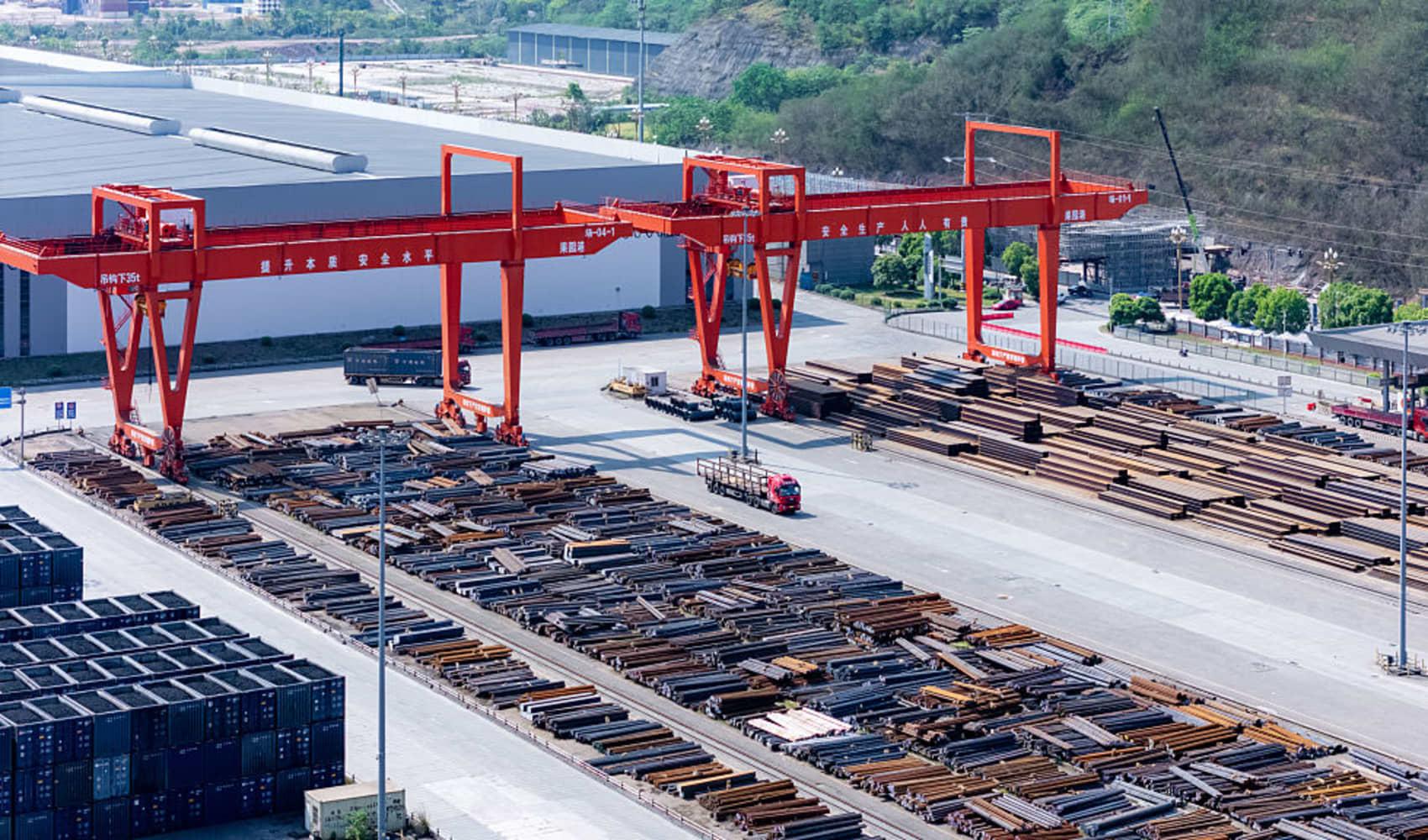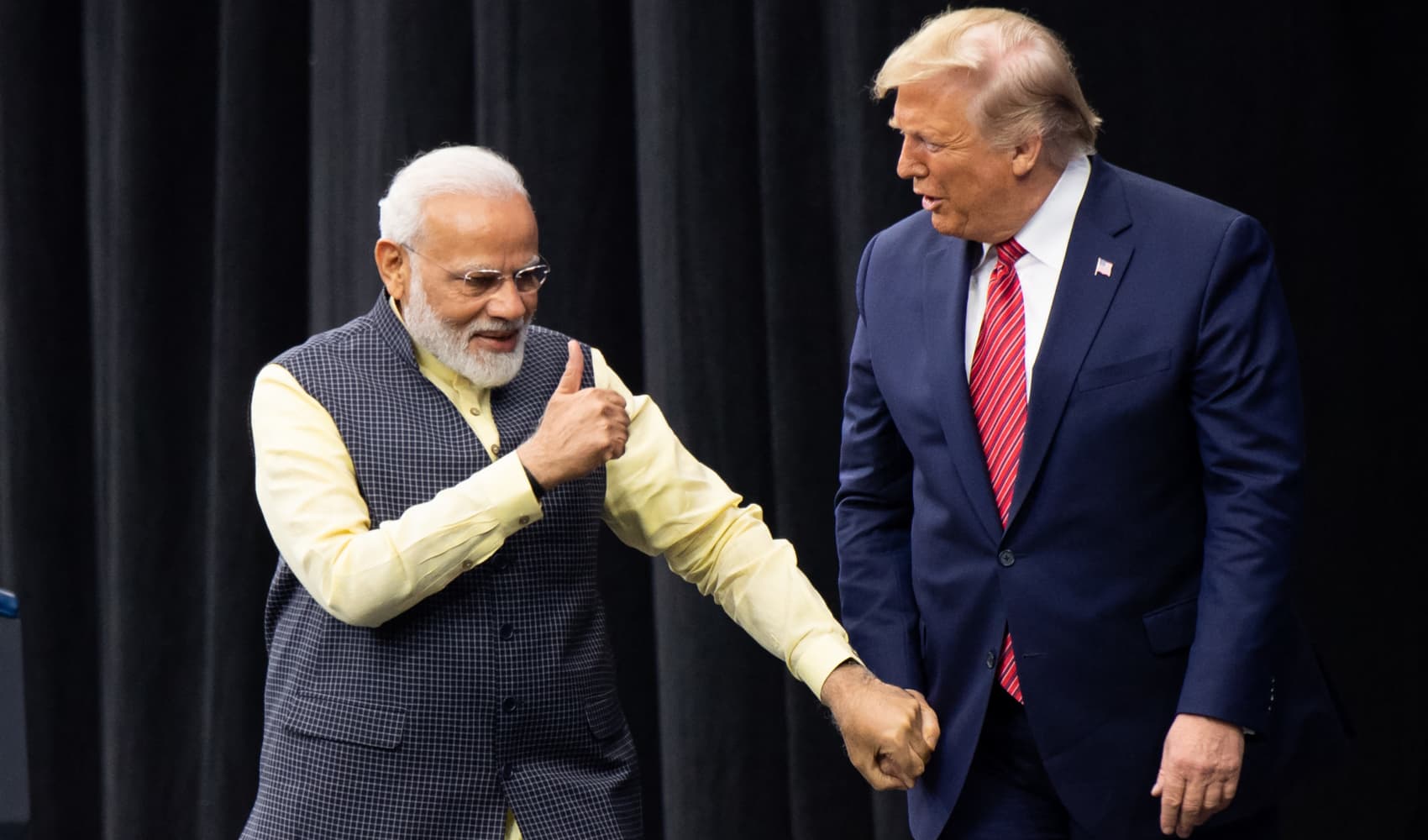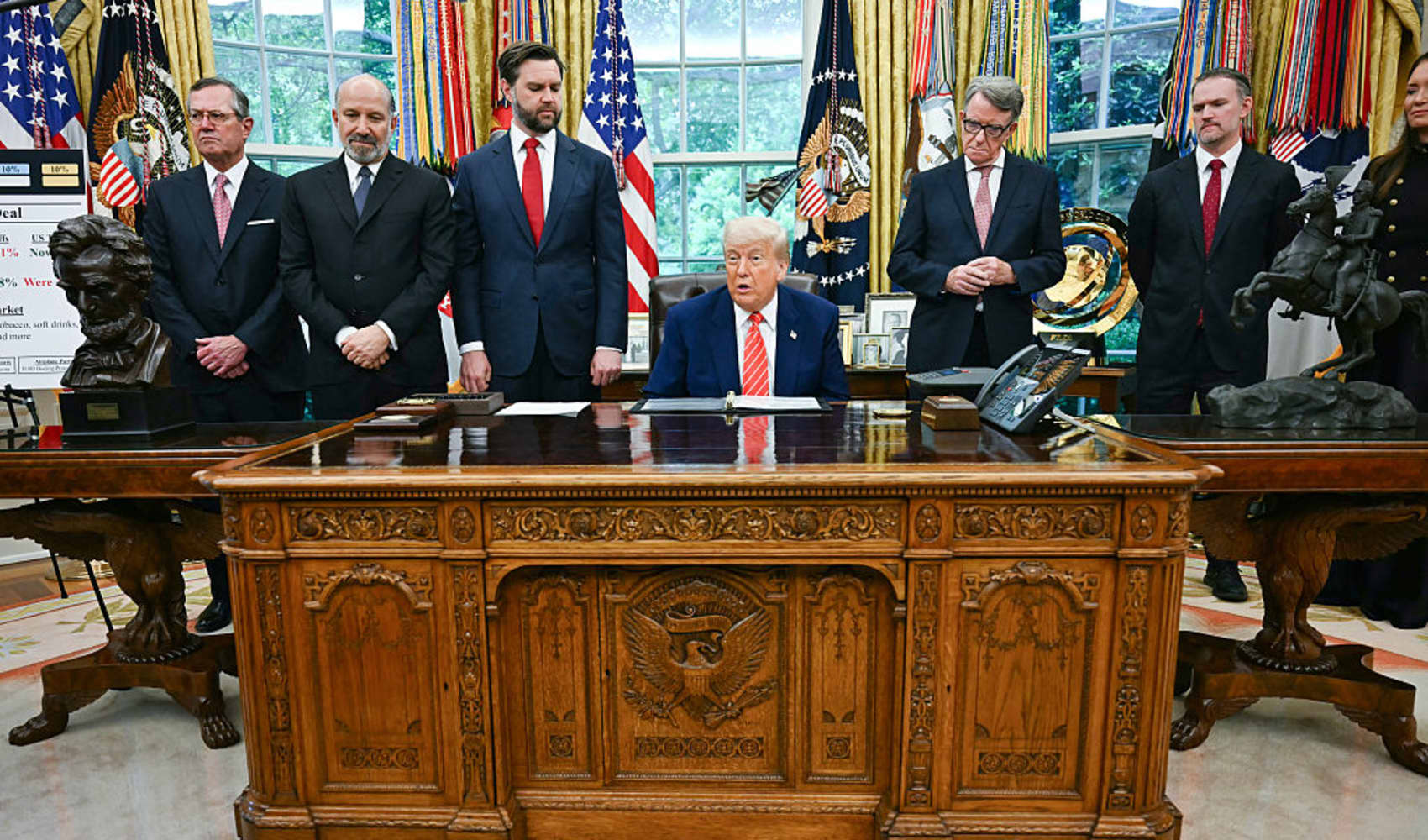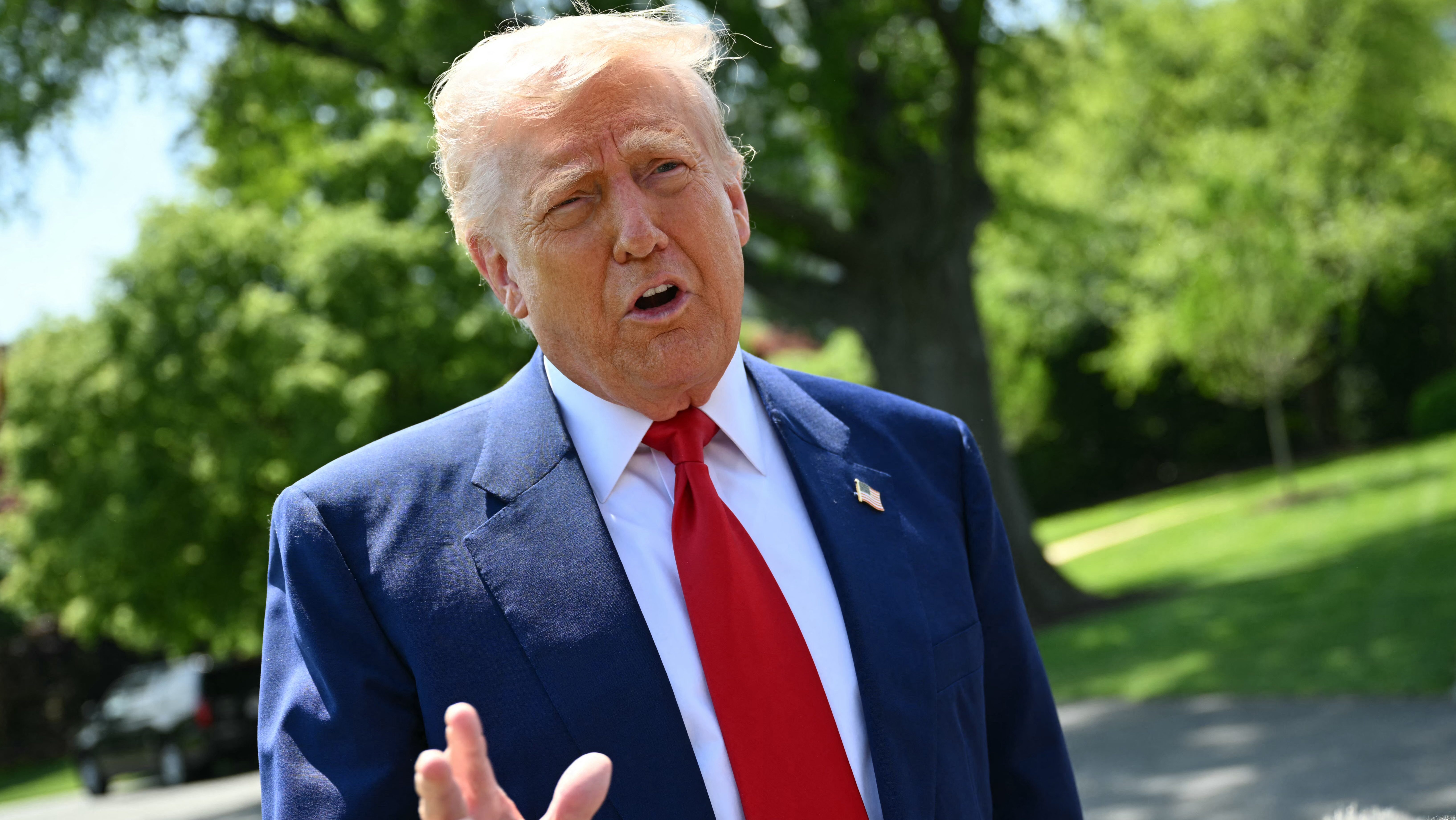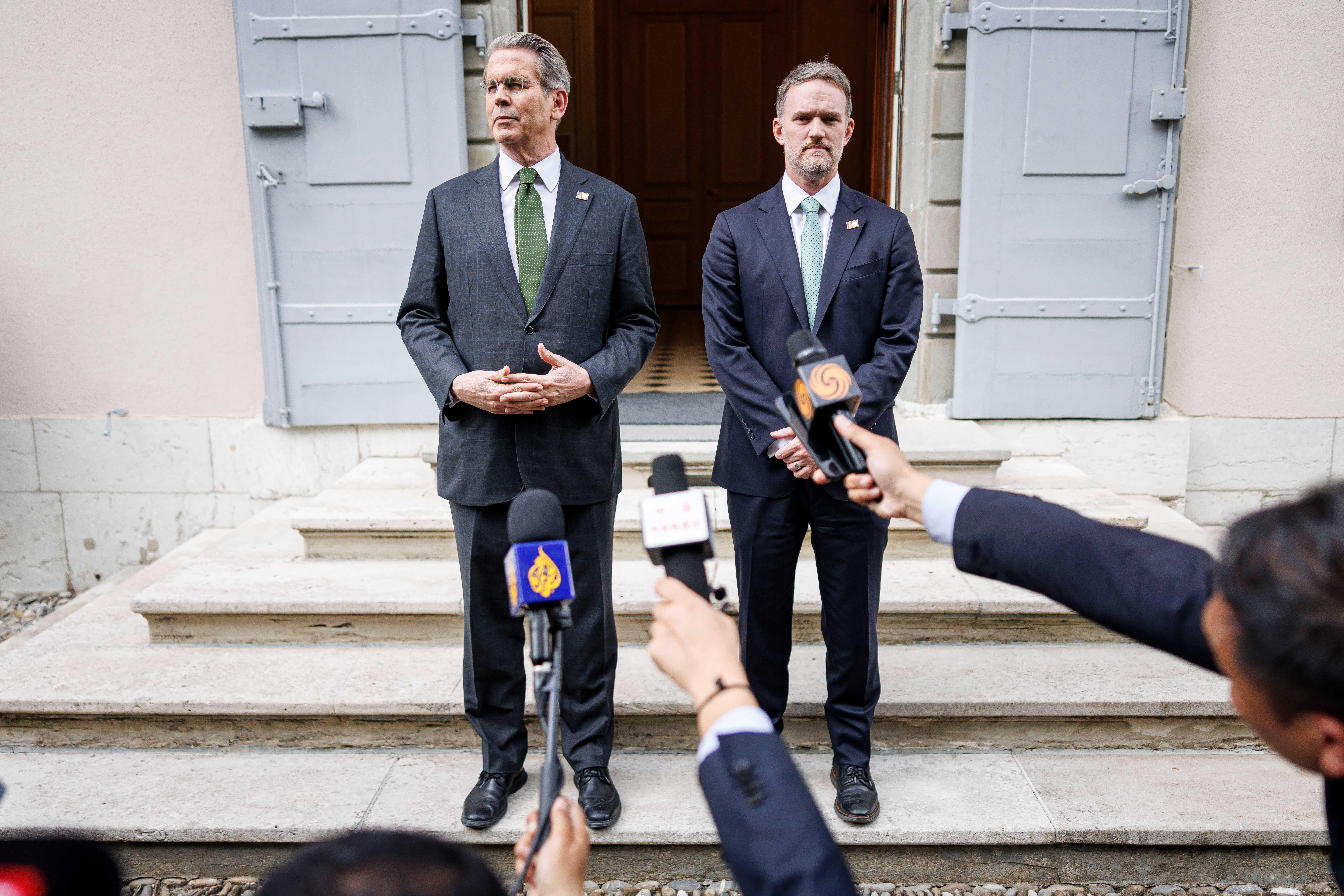China Trade War: No Talks, Tariffs Must Go - Here's Why
China Draws a Line: No US Trade Talks, Demands Tariff Removal
Introduction: The Trade Winds Shift Again
The saga of US-China trade relations continues to twist and turn, doesn't it? Just when some whispers of easing tensions started to circulate, China has thrown a bit of a curveball. The message from Beijing is clear: no ongoing trade negotiations with the United States. This isn't just a simple disagreement; it's a call for the complete removal of what China deems "unilateral" tariffs imposed by the US. So, what's really going on behind the scenes, and what does this mean for businesses and consumers worldwide? Let's dive in.
China's Firm Stance: "Absolutely No Negotiations"
According to China's Ministry of Commerce spokesperson He Yadong, the situation is unequivocal. "At present there are absolutely no negotiations on the economy and trade between China and the U.S.," he stated. This directly contradicts some recent indications from Washington that suggested a potential thaw in trade relations.
A Week of Mixed Signals
What makes this situation particularly intriguing is the contrast with signals emanating from the US just days prior. U.S. President Donald Trump and Treasury Secretary Scott Bessent had both hinted at a possible easing of trade tensions. Were these premature assumptions, or is there a disconnect in communication?
The Tariff Standoff: A Major Obstacle
The heart of the matter, as China sees it, lies in the tariffs. These "unilateral measures," as China describes them, are viewed as a major impediment to any meaningful progress. China's stance is firm: "If the U.S. really wants to resolve the problem... it should cancel all the unilateral measures on China." It's a clear demand, and one that puts the ball squarely in the US's court.
What are these "Unilateral Measures?"
The tariffs in question primarily refer to those imposed by the Trump administration on hundreds of billions of dollars' worth of Chinese goods. These tariffs were implemented as a means to address what the US perceived as unfair trade practices, intellectual property theft, and market access barriers. The tariffs were meant to encourage China to change its practices and create a more level playing field for American companies.
The US Perspective: Addressing Unfair Practices
From the US perspective, the tariffs were a necessary tool to address long-standing concerns about China's trade practices. These include accusations of intellectual property theft, forced technology transfer, and state subsidies that give Chinese companies an unfair advantage. The US has argued that these practices harm American businesses and workers, and that tariffs were a way to pressure China to make meaningful reforms.
The Impact on Global Supply Chains
The US-China trade war, driven by these tariffs, has had a significant impact on global supply chains. Many companies that relied on China as a manufacturing hub have been forced to reconsider their strategies, looking for alternative sources of production or bringing manufacturing back to the US (a process known as reshoring). This has led to increased costs and disruptions in various industries.
The Consumer Burden: Who Pays the Price?
Ultimately, the tariffs have a direct impact on consumers. While intended to punish China, the reality is that many of these tariffs are passed on to American consumers in the form of higher prices. This can affect everything from electronics and clothing to household goods and appliances.
Why China is Digging In
Economic Considerations
China's unwavering position likely stems from a combination of economic and political factors. China's economy, while still growing, faces its own set of challenges. The tariffs have undoubtedly put a strain on certain sectors, and removing them would provide a boost.
Political Leverage
There's also a matter of political leverage. By refusing to negotiate while tariffs remain in place, China is signaling its resolve and its unwillingness to be perceived as bowing to pressure. This is crucial for maintaining its image on the global stage.
The Geopolitical Landscape: More Than Just Trade
The trade dispute between the US and China isn't solely about economics. It's deeply intertwined with broader geopolitical tensions, including issues related to technology, security, and human rights. This makes finding common ground all the more difficult.
Potential Scenarios: What Could Happen Next?
So, where do we go from here? Several scenarios are possible:
Continued Stalemate
The most likely scenario in the short term is a continuation of the current stalemate. Both sides remain entrenched in their positions, and there's little incentive to compromise.
Renewed Negotiations (Eventually)
While China is currently denying ongoing talks, the situation could change. Eventually, both countries may recognize the need to return to the negotiating table, but only if the conditions are right.
Escalation
A less desirable, but still possible, scenario is further escalation. This could involve the imposition of new tariffs or other trade restrictions, further damaging the relationship and harming the global economy.
The Impact on Investors
Uncertainty is the enemy of investors. The ongoing trade tensions create volatility in financial markets and make it difficult to make informed investment decisions. Companies with significant exposure to both the US and China are particularly vulnerable.
Businesses Adapt: Rethinking Strategies
Businesses are learning to adapt to the new reality of the US-China trade relationship. This includes diversifying supply chains, exploring alternative markets, and investing in automation to reduce reliance on labor-intensive manufacturing.
What's at Stake for the World?
The US-China trade relationship is one of the most important in the world. A stable and cooperative relationship is essential for global economic growth and stability. The current tensions threaten to undermine this stability and could have far-reaching consequences.
Conclusion: A Complex and Evolving Situation
The situation is complex, to say the least. China's denial of ongoing trade talks and demand for tariff removal highlight the deep-seated challenges in the US-China relationship. While there might be some tough talk on both sides, remember this is a chess game. Expect further twists and turns, and for businesses and consumers, adapting to the uncertain landscape will be key.
Frequently Asked Questions (FAQs)
- Q: Why did the US impose tariffs on China in the first place?
- A: The US imposed tariffs to address what it viewed as unfair trade practices, including intellectual property theft, forced technology transfer, and market access barriers.
- Q: What does China mean by "unilateral measures"?
- A: China uses this term to refer to the tariffs imposed by the US on Chinese goods, which they view as unfairly targeting their economy.
- Q: How do these tariffs affect consumers?
- A: The tariffs often lead to higher prices for consumers, as companies pass on the increased costs of imported goods.
- Q: Is there any chance of a trade agreement between the US and China soon?
- A: While China denies ongoing talks, the situation is fluid and could change. A trade agreement depends on both sides being willing to compromise.
- Q: What can businesses do to mitigate the risks of the trade war?
- A: Businesses can diversify their supply chains, explore alternative markets, and invest in automation to reduce reliance on labor-intensive manufacturing.
